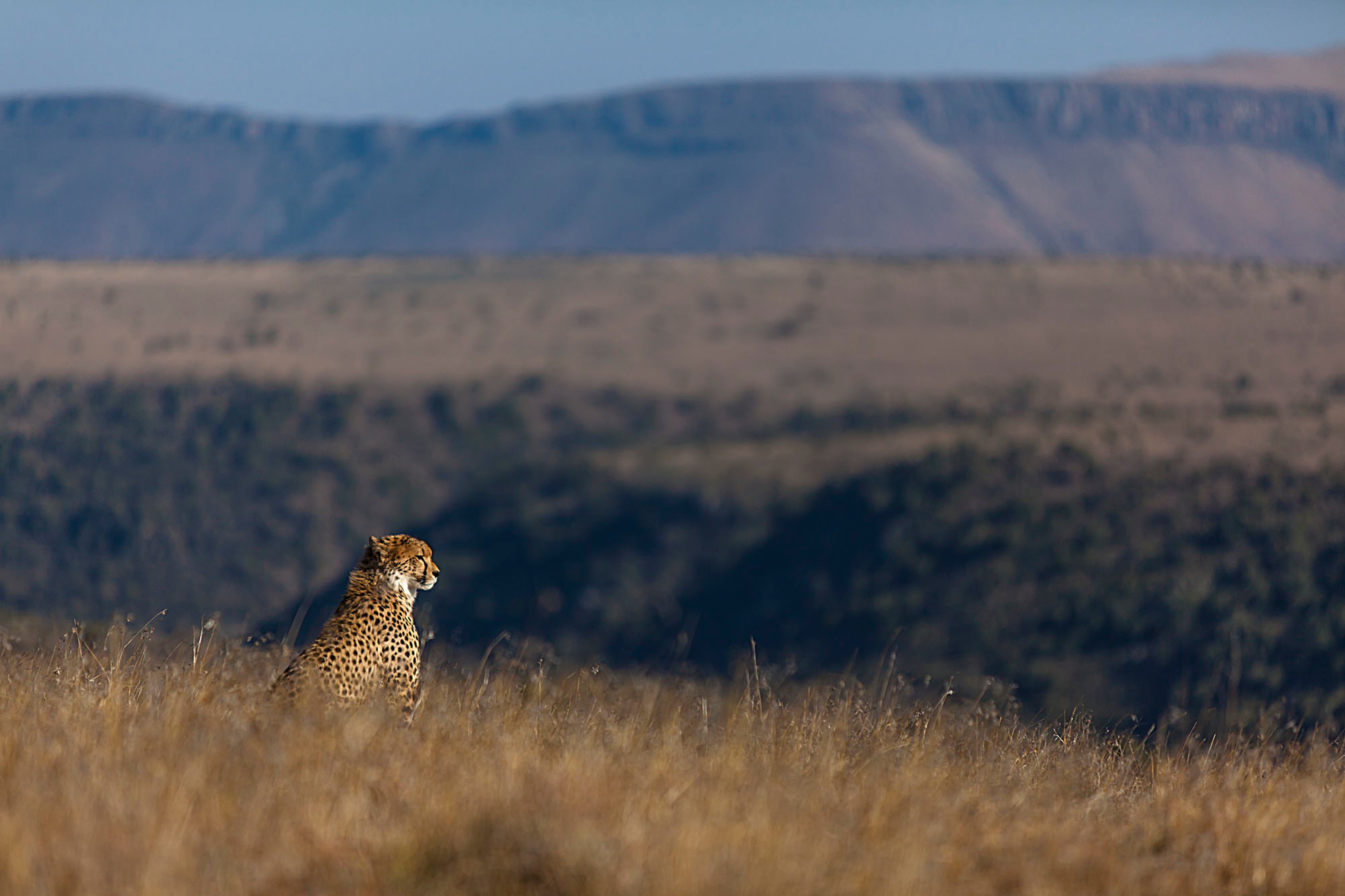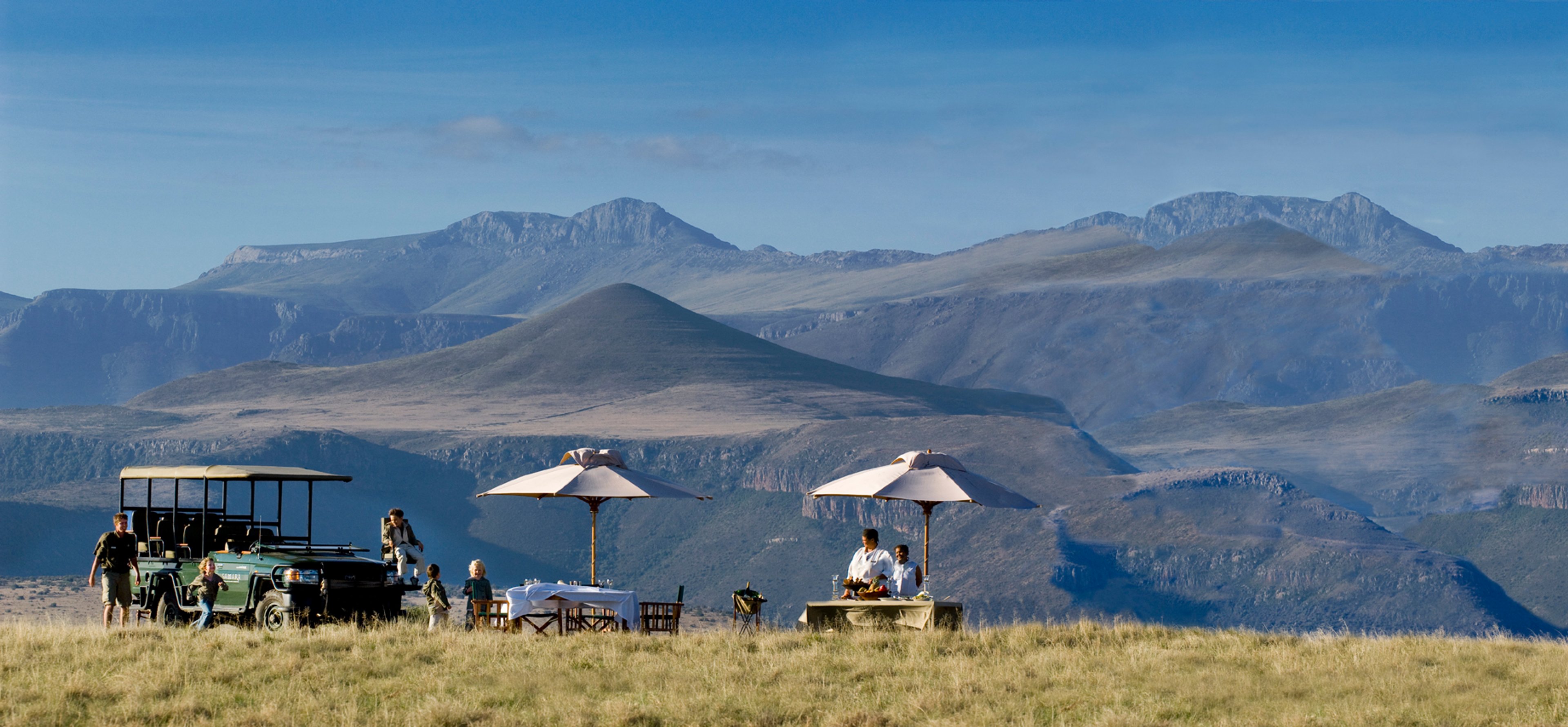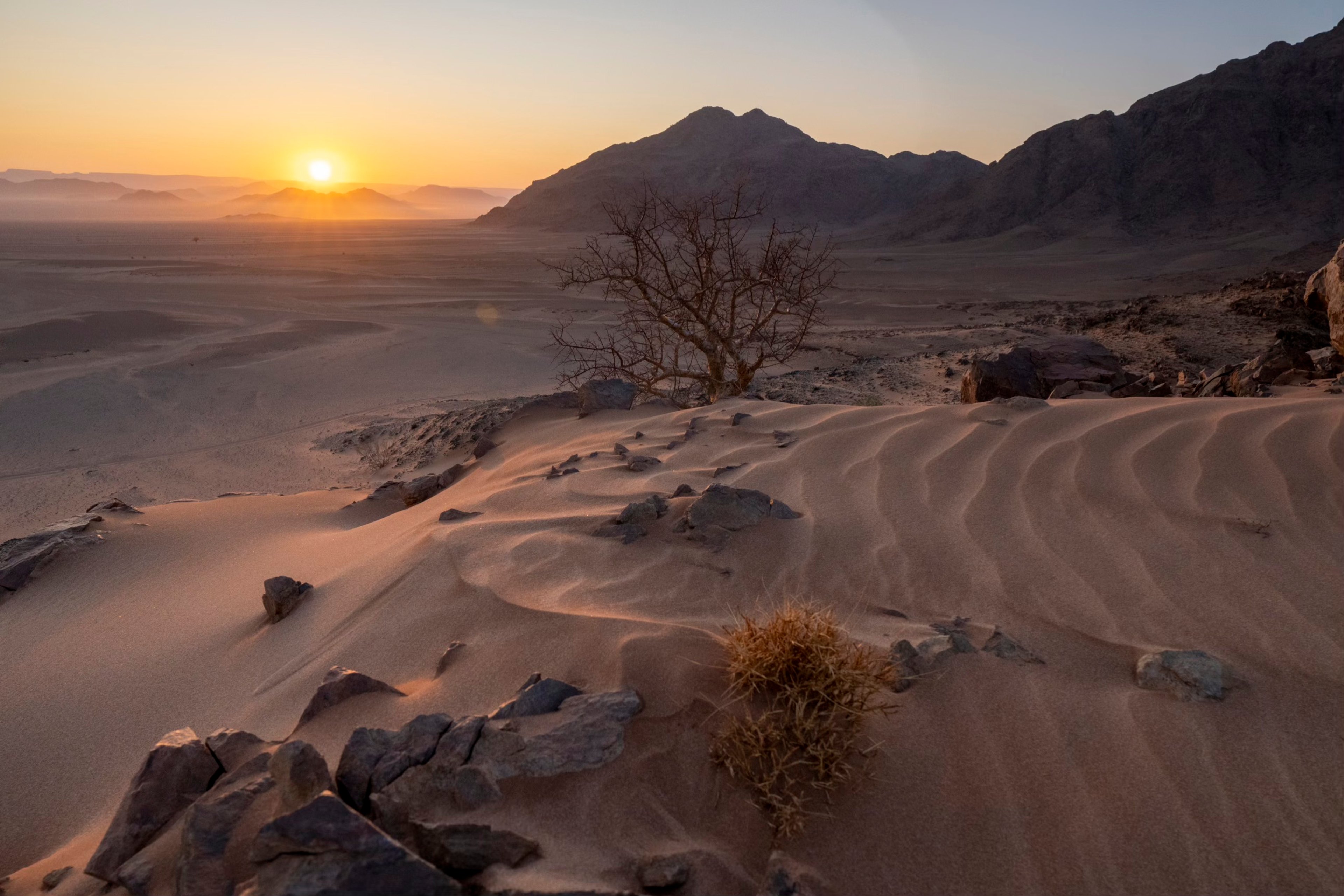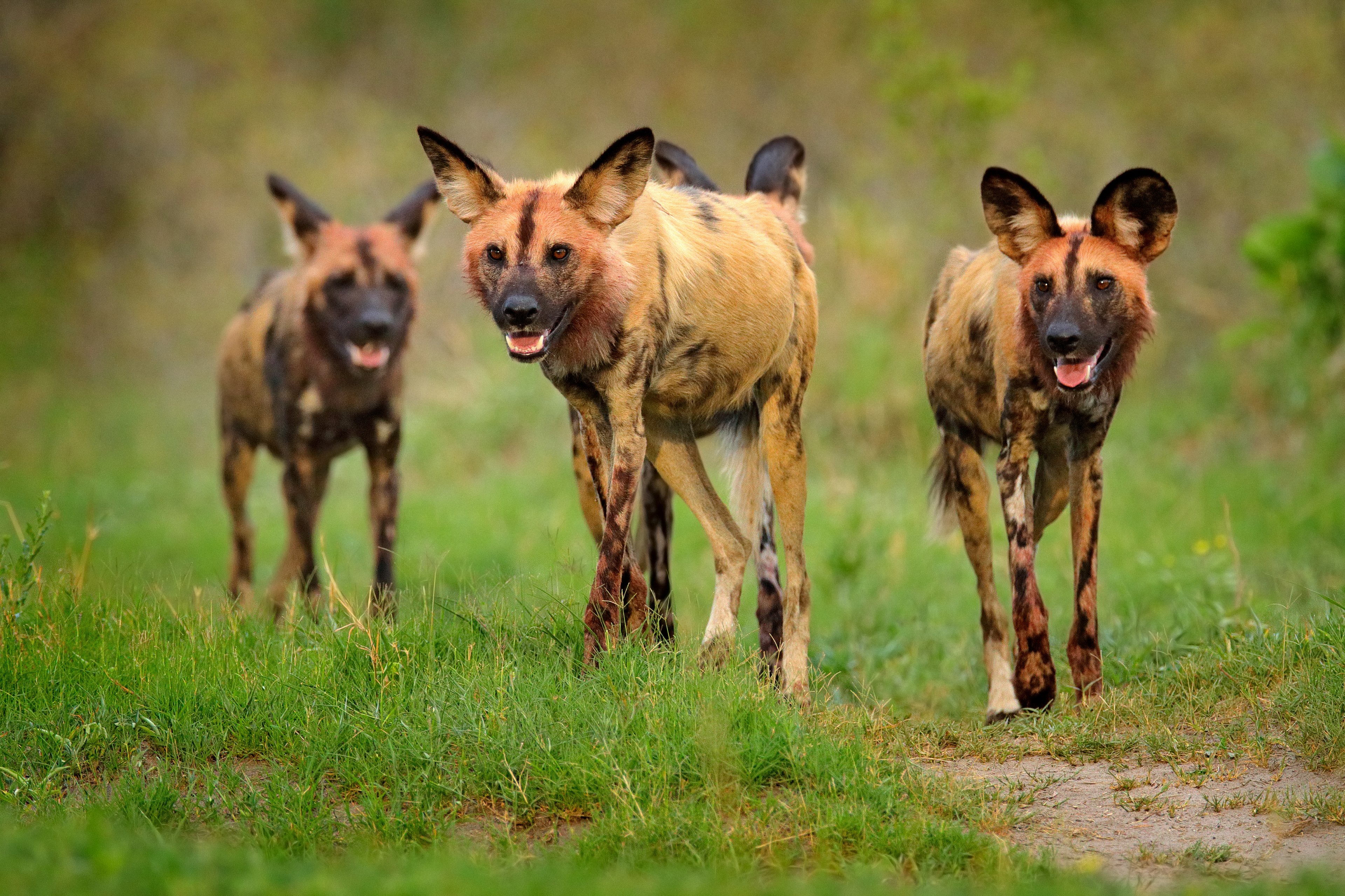"The world as first seen by the child becomes his lifelong standard of excellence, mindless of the fact he is admiring the ruins of his parents." – William Stolzenburg
Acclaimed science journalist William Stolzenburg first introduced us to the concept of rewilding in his book, Where the Wild Things Were: Life, Death and Ecological Wreckage in a Land of Vanishing Predators. It’s a powerful and compelling book that builds on one simple ecological truth: Predators matter. This is a value that cuts to the core of rewilding too, in that this progressive conservation approach seeks the large-scale restoration, connection and protection of natural processes and key wilderness areas to facilitate the reintroduction of those apex predators and keystone species that define biodiverse habitats.
With this in mind, we celebrate the indomitable passion and determination of Mark and Sarah Tompkins of Samara Karoo Reserve in South Africa – for their ambition to rejuvenate the once magnificent plains of Cambedoo in the semi-arid Great Karoo have been realized. "A hundred years ago this area was like the Serengeti of the South in that it bore witness to the large migrations of wildebeest, eland and quagga (now an extinct type of zebra) that roamed these plains in search of new pastures," explains Sarah. "Herds of elephant moved through verdant river systems, black rhino were plentiful and the predators – Cape lion, leopard, cheetah, spotted hyena, even wild dog – accompanied the melee of prey species across this breathtaking landscape."
"Our dream was always to amass enough land to create a self-sustaining ecosystem that could carry game: the herds of antelope that used to inhabit this area, and the predators to keep the balance that helps maintain these fragile environments," explains Mark. But in order to do that, they had to first remove all internal fences, eradicate all alien vegetation and let the land rest for a decade before they could begin to reintroduce indigenous animals to the area. This kind of personal vision and financial commitment is a gargantuan undertaking and one that, while still in its infancy, has taken the best part of twenty years.





